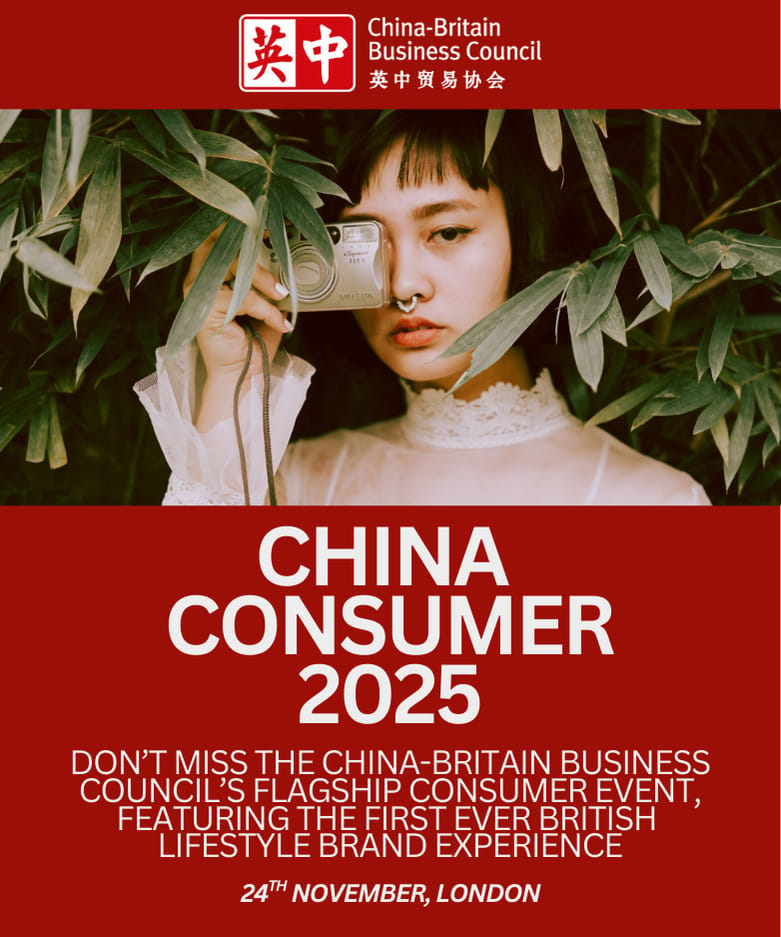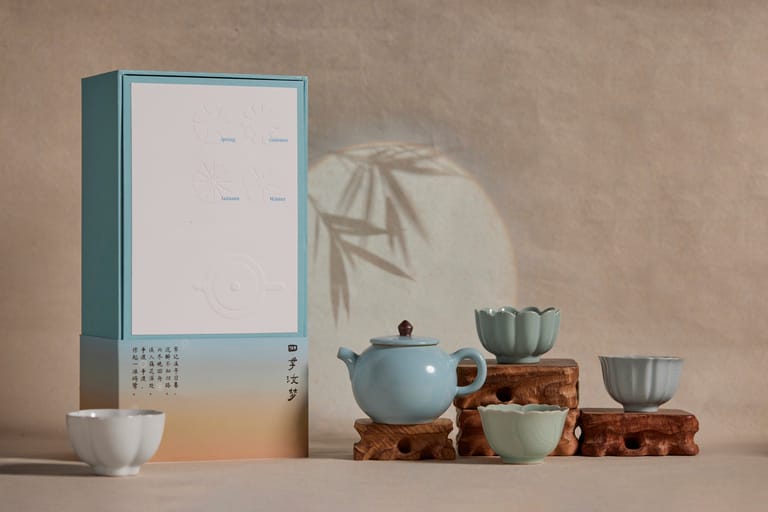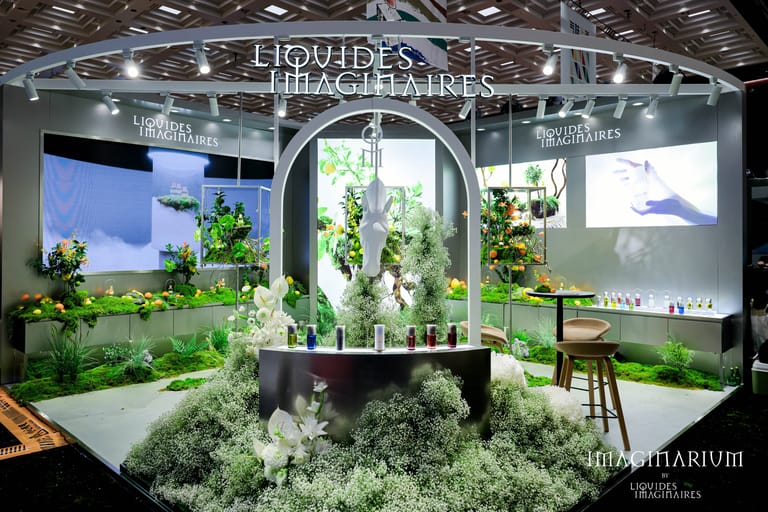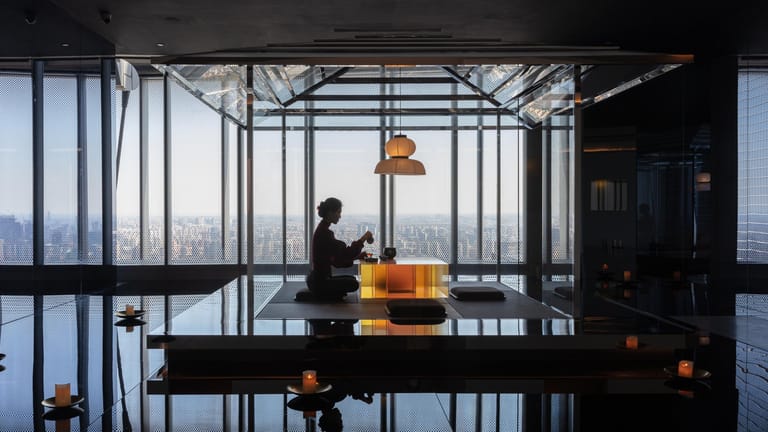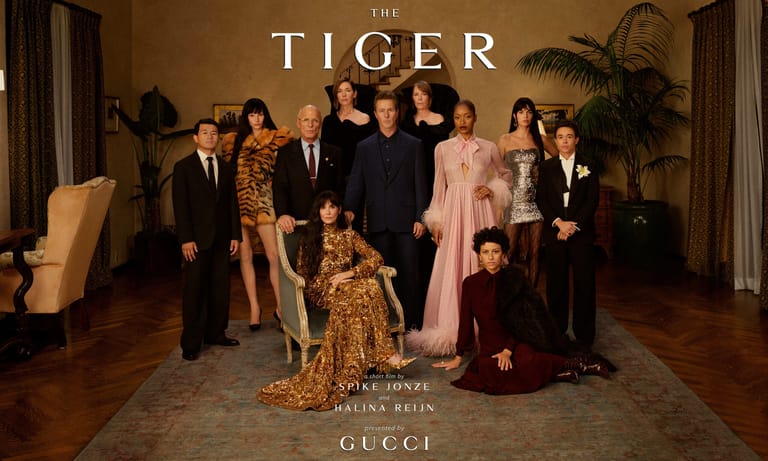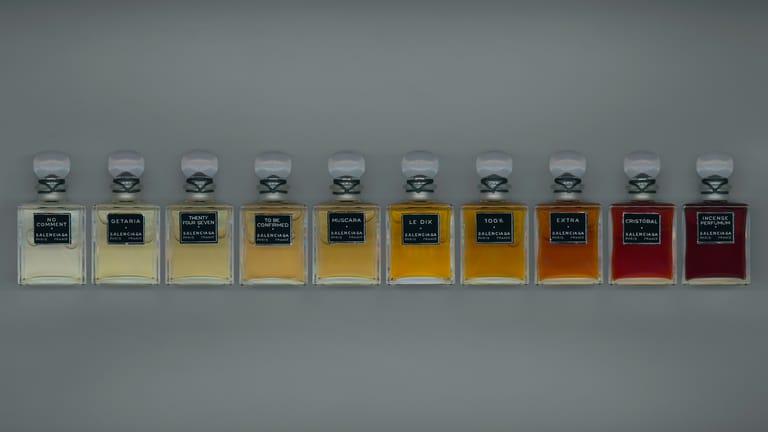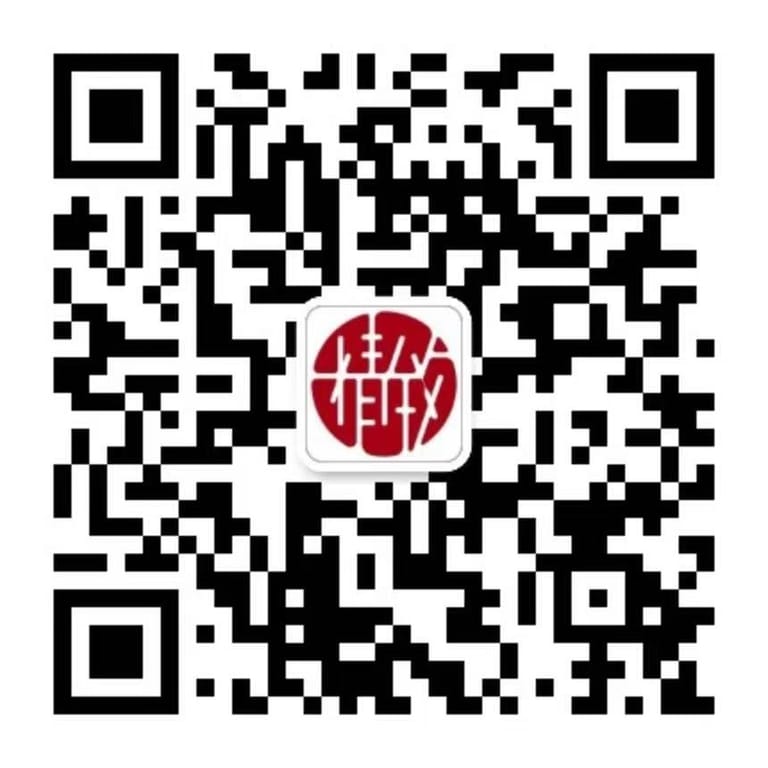A Decade of Change: Has China’s Independent Designer Boom Come to an End?
By
Junjie Wang

Published on
April 25, 2025

Jingzhi Voice brings thought leaders, industry pioneers, and cultural influencers together to decode key trends, challenge conventions in China, and offer forward-thinking ideas that shape the future of jingzhi (精致) and beyond.
I still remember the feeling—Shanghai in spring, crisp air softened by city smog, the buzz of fashion week humming like an underground current. It was 2017, I was a student, fresh-faced and enchanted, booked a last-minute flight, and landed at Shanghai Fashion Week for the first time.
There were no front-row hierarchies for me. But I didn’t need them. The shows themselves sparked with electricity—Xu Zhi’s sculptural textures, Samuel Guì Yang’s age-defining neo-Chinese style, Angel Chen’s rebellious color, Ximon Lee’s underground edge, Shushu/Tong’s sweet girlhood whimsy. Every designer carved out a distinct niche.
The energy was raw, defiant, and above all, creative.
Nearly a decade later, Shanghai Fashion Week has grown into Asia’s largest fashion event. Chinese designer labels have claimed their place, expanding into the offline retail space.
It’s something monumental—and undeniably worth celebrating. But the energy? It’s dimmed. Showrooms have grown larger, the market more crowded. Designers are savvier, but consumers feel increasingly distracted.
For this season, 2025 AW, I didn’t attend, but kept close tabs, speaking to buyers, designers, and organizers to piece together the mood. The scale, yes, turned bigger – many of the showrooms sprawled across larger venues, and a new lifestyle-focused platform, Notes Shanghai, was introduced, with brands specializing in fragrance and lifestyle products joining the fray in an effort to diversify beyond the saturated clothing market.
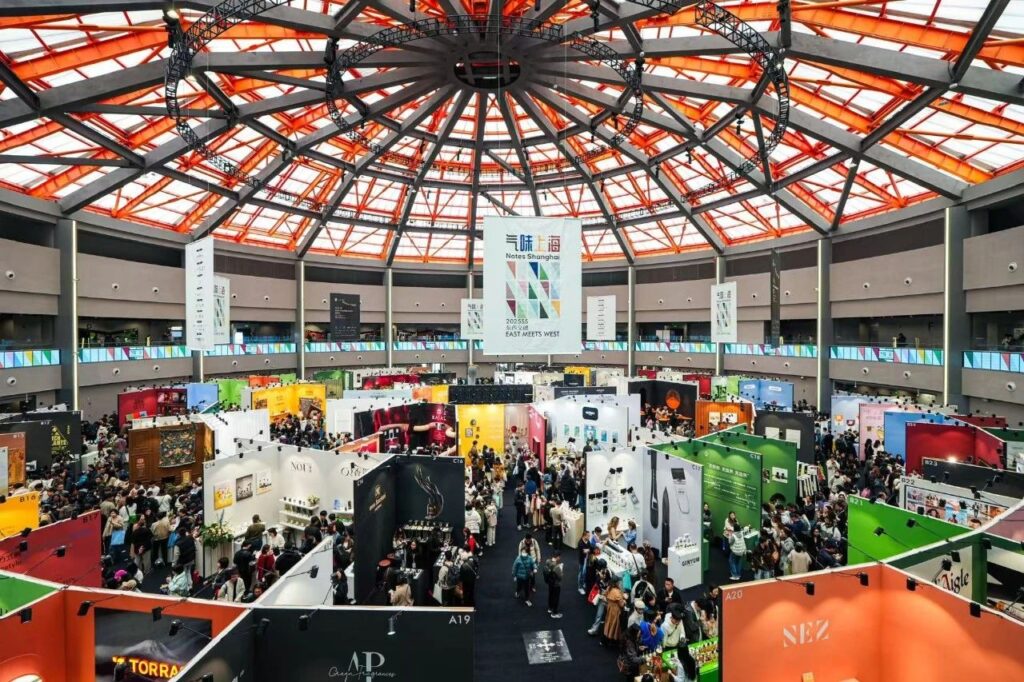
We often look back at the period between 2014 and 2016 as the dawn of China’s designer-label boom—a golden era marked by rising participation, growing market size, and burgeoning global recognition.
According to China Insights Consultancy, the market size of Chinese designer brands grew from 11.1 billion yuan in 2011 to 56.8 billion yuan by 2018, with a compound annual growth rate of 26.3%.
It was during these years that a handful of now-familiar names broke through: Xu Zhi, Angel Chen, Feng Chen Wang, Samuel Guì Yang, Shushu/Tong, Pronounce, Ximon Lee. But even they represent just a sliver of the broader scene that was taking shape.
While brands like Uma Wang and Qiu Hao had already emerged in the early 2000s, they did so along separate timelines—at a time when China’s fashion industry hadn’t yet reached the kind of industrialized infrastructure that would define the 2010s.
It was only then that a full ecosystem began to form: showrooms like Ontimeshow and Showroom Shanghai; incubators like Labelhood; a new generation of multi-brand boutiques; and, most importantly, a consumer base newly attuned to independent design.
Everything was in place.
So why hasn’t that momentum returned? Why haven’t we seen a new wave of labels with distinctive creative identities and international resonance?
…Read the full story by subscribing to the Chinese consumer newsletter Following the Yuan.
This is an opinion piece by Junjie Wang, a seasoned fashion business reporter based in Hong Kong. The views expressed do not reflect the official stance of Jingzhi Chronicle.
Formerly Senior China Editor at Vogue Business and Fashion Features Editor at Vogue Hong Kong, Junjie has years of experience covering fashion, retail, and lifestyle trends across China. With deep expertise in the Chinese market, his work offers valuable insights for global audiences.

